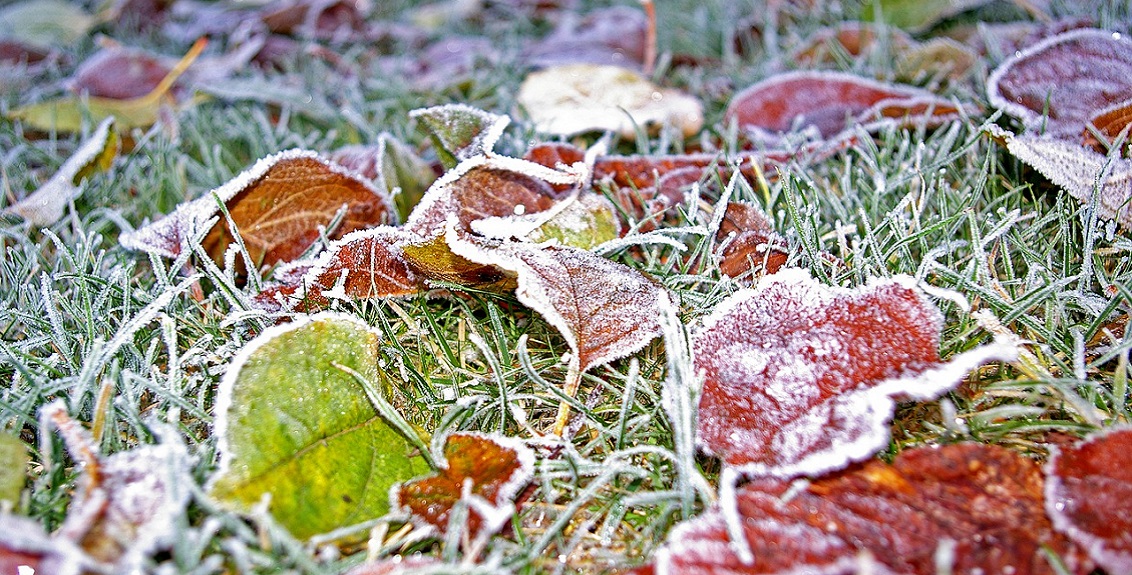Lawn Care
Studies show that green spaces lower blood pressure, improve attention and reduce fear and anger. Children who spend more time in green play areas show reduced ADHD symptoms and have less weight gain. So keeping your lawn looking its best has benefits for everyone! Lawn care is a year-long task, and ensuring it is well maintained in the colder months can help it to be at its best during the summer. This video is full of autumn lawn care tips and advice including what feed to use and when.
Autumn & Winter Lawn Care
- October – Rake out thatch from turf and spike lawn to assist drainage. Brush in peat and sharp sand. A rotary mower with a collector is particularly useful at this time of year to collect dead or loose leaves. Continue cutting as necessary.
- November – Use a stiff broom to remove wormcasts from the grass. Raise mower blades to allow 1 inch cut. Don’t mow if very wet as this will compact the soil and encourage waterlogging. Treat “fairyrings” with fungicide.
- December – Rake all debris from lawns. Continue occasional cutting if weather is mild. Service your mower and any other equipment.
Hints & Tips For Better Lawns
- Trim the edge of the lawn whenever you mow to keep crisp lines.

- Cut lawn edges with a half-moon edging iron to ensure they look neat and well shaped.
- Use a rake to remove dead grass, thatch and other debris that will otherwise prevent healthy grass growth.
- On heavy clay soils, aerate the lawn in early spring with a garden fork or hollow-tined aerator to improve drainage and help reduce water-logging problems and so make the grass grow better.
- After aerating, add a top dressing to further improve drainage and ensure healthy grass growth.
- Water the grass if it desperately needs it. Water thoroughly so the roots are well watered. If you just wet the top you will encourage roots at the surface, which are much more vulnerable to drought damage.
